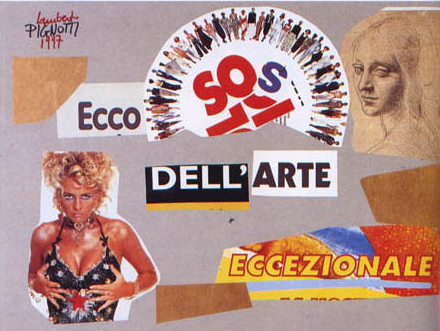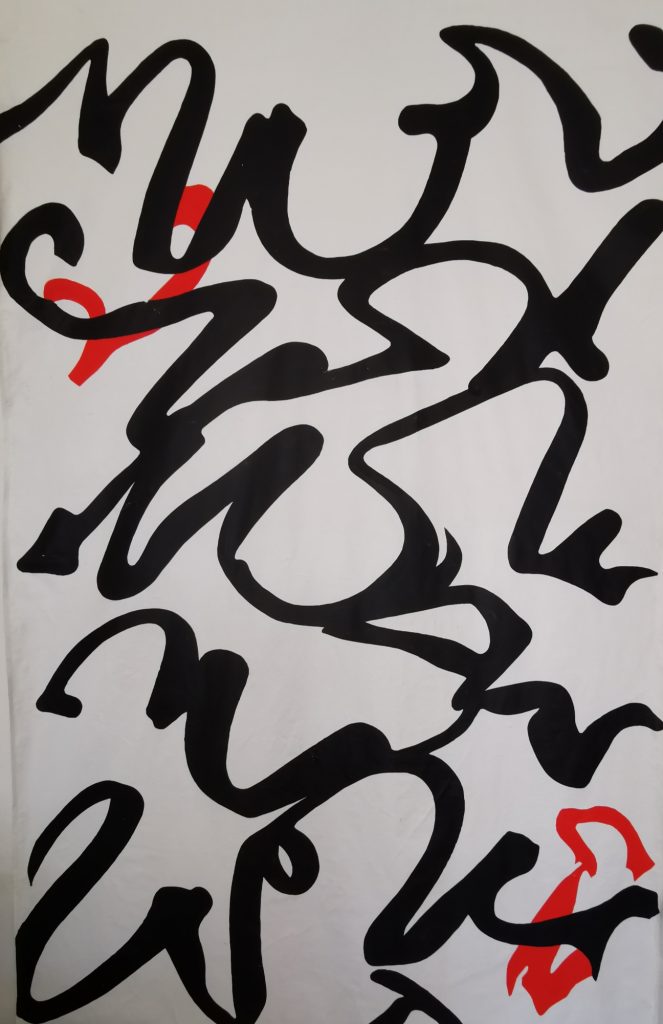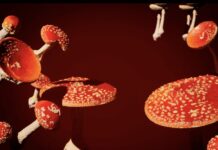
On one side, it is she, Anna Spagna, who assumes Visual Poetry as her reference point. On the other, it is that tendency which really counts on her support. Actually, for a long time Anna has been very active in the field of the sign, of Litterism and, in general, of the text-image encounter. She did so as an artist deeply working in her own research laboratory, as well as in promoting her art-pieces. Furthermore, in this special terrain of the visual, she has carried out various initiatives, such as group exhibitions at official institutional venues.
Why? In the early Seventies, when still a girl, a curious and silent one, she moved to Milan from Syracuse. She has always forgiven me, or at least answered my joke, as I have been often calling her Carmén: because of Bizet and just to give irony to our Sicilian origin by “napolitanizing” that name, thanks to the emphasis given to the tonic and graphic accent. She spread a double terrain of charm: which she realized in her art-pieces and her ill-concealed sensuality. In short, both of these appeals struck Gianfranco Bellora, her then-future husband.
Bellora (born in 1930) had become the main reference for Visual Poetry, between late Sixties and early Eighties. On a cultural and market level, this was evident all around the Studio Santandrea in Milan. ‘Carmén’ arrived to the Lombardy city pushed by her strong interest in becoming a restorer, as she came from antique dealers. First, she had been attending the Restoration Cabinet of the Sforzesco Castle, and then improved her education at some private and well renowned laboratories. Soon she felt well equipped, as far as technical-technological skills are concerned, so she decided to devote herself to her own artistic laboratory.
The collection and the archive of Gianfranco Bellora, now Spagna-Bellora, are a precious heritage. Conveniently, Anna has donated some portions of Spagna-Bellora’s collection to some public museums. In addition, the artist-collector works to organize flagship exhibitions for Visual Poetry. It is an interesting commitment, even if that tendency had been crowned by success during the strong cultural climate of the Sixties and the Seventies. It is worth to exemplify it with the theoretical contribution of Lamberto Pignotti, Eugenio Miccini, and Emilio Isgrò who is one of the most original and robust artist on the international scene.

Now, in Tuscany, another group-show on Visual Poetry has been held based on Spagna-Bellora collection. The initiative has been part of the eighth edition of Orbetello Piano Festival, which was founded by Beatrice Piersanti and the pianist Gianfranco Adorno. In the August climate of uncertainties, strains and skids around the pandemic tension, different works have been exhibited by Anna Spagna herself, Roberto Comini, Santolo De Luca, Agostino Ferrari, Elio Mariani, Letizia Mazzarelli, Lamberto Pignotti. “In memory of Gianfranco Bellora”, who passed away in 1999, as this year would have celebrated his 90th birthday.









